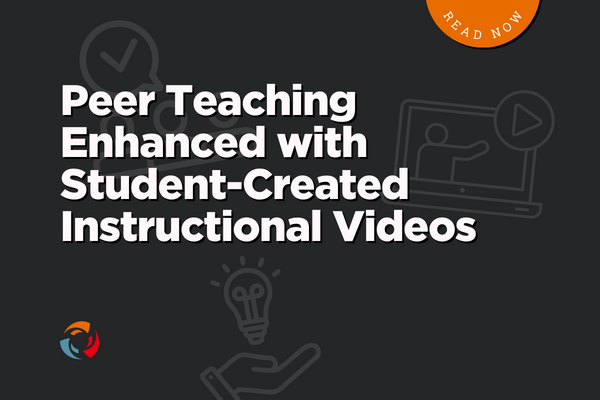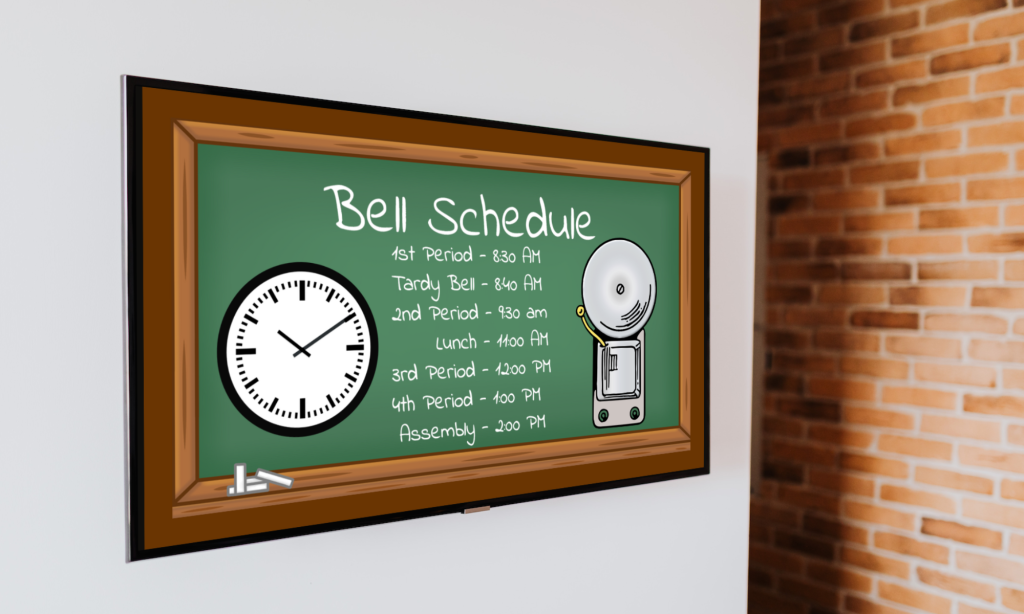
In the ever-evolving landscape of education, innovative approaches continue to redefine the dynamics of learning. Peer teaching, a practice gaining increasing recognition, has demonstrated remarkable efficacy in fostering deeper comprehension and active engagement among students. Within this realm of collaborative learning amongst students, a particularly potent tool has emerged: student-created instructional videos.
The fusion of peer teaching with the creation and sharing of instructional videos represents a paradigm shift in how knowledge is shared and acquired. In this digital age, where multimedia content reigns supreme, harnessing the power of student-generated videos adds a new dimension to the learning experience. These videos not only serve as a vehicle for knowledge dissemination but also empower students to take ownership of their learning in unprecedented ways.
One of the primary advantages of student-created instructional videos lies in their ability to cater to diverse learning styles. Visual and auditory learners often benefit greatly from multimedia content that complements traditional text-based instruction. By creating videos that incorporate animations, diagrams, and demonstrations, students can present complex concepts in a manner that resonates with their peers, enhancing comprehension and retention.
Moreover, the process of creating instructional videos cultivates a host of valuable skills for students. From scriptwriting and storyboarding to video editing and presentation, students are immersed in a multimedia-rich learning environment that mirrors real-world communication practices. In the digital age, proficiency in media literacy and digital communication is increasingly essential, and the creation of instructional videos provides students with a platform to develop these critical skills.
Furthermore, student-created instructional videos promote peer collaboration and knowledge exchange on a large scale. Through online platforms like MyVideoSpot, students can share their videos with peers throughout their district and potentially around the globe, transcending geographical boundaries and cultural barriers.
Incorporating student-created instructional videos into the classroom is not without its challenges. Teachers must provide guidance and support to ensure that videos are accurate, informative, and aligned with curriculum standards. Additionally, access to technology and training in video creation and editing may vary among students, necessitating equitable distribution of resources and support.
Nevertheless, the benefits of integrating student-created instructional videos into peer teaching activities are profound. These videos serve as a catalyst for active learning, empowering students to become both teachers and creators of content. By leveraging the power of multimedia communication, educators can enhance the learning experience, cultivate essential skills, and foster a culture of collaboration and innovation in the classroom.
In conclusion, the integration of peer teaching and student-created instructional videos represents a transformative approach to education. By channeling the collective expertise of students and providing them with the tools to create and share multimedia content, educators can unlock new pathways to learning and empower students to become active participants in their education. As we continue to embrace the possibilities of digital technology in education, let us not overlook the profound impact of student-created instructional videos in shaping the future of learning.





